Animals can be odd sometimes. However, there is always a reason for that. Here are some highlights about different animal behaviour.
Animals showcase an array of impressive behaviours that helps them survive in the wild. Nature can be brutal, but it is also effortless. It is difficult out there, but no animal is ever at a disadvantage. Their response and interaction to their immediate environment and other organisms are all a part of animal behaviour. An animal’s behaviour is dictated by its will to live and reproduce. And this behaviour can be either innate or learned. While innate, or instinctive, the behaviour is natural; learned behaviour requires observation and practice.
Some things that animals do may seem weird to us — goats pretending to faint, lizards shooting blood from their eyes, or crows holding grudges. However, there is almost always a reason for their behaviour. Here, I have rounded up some commonly known animal behaviours!
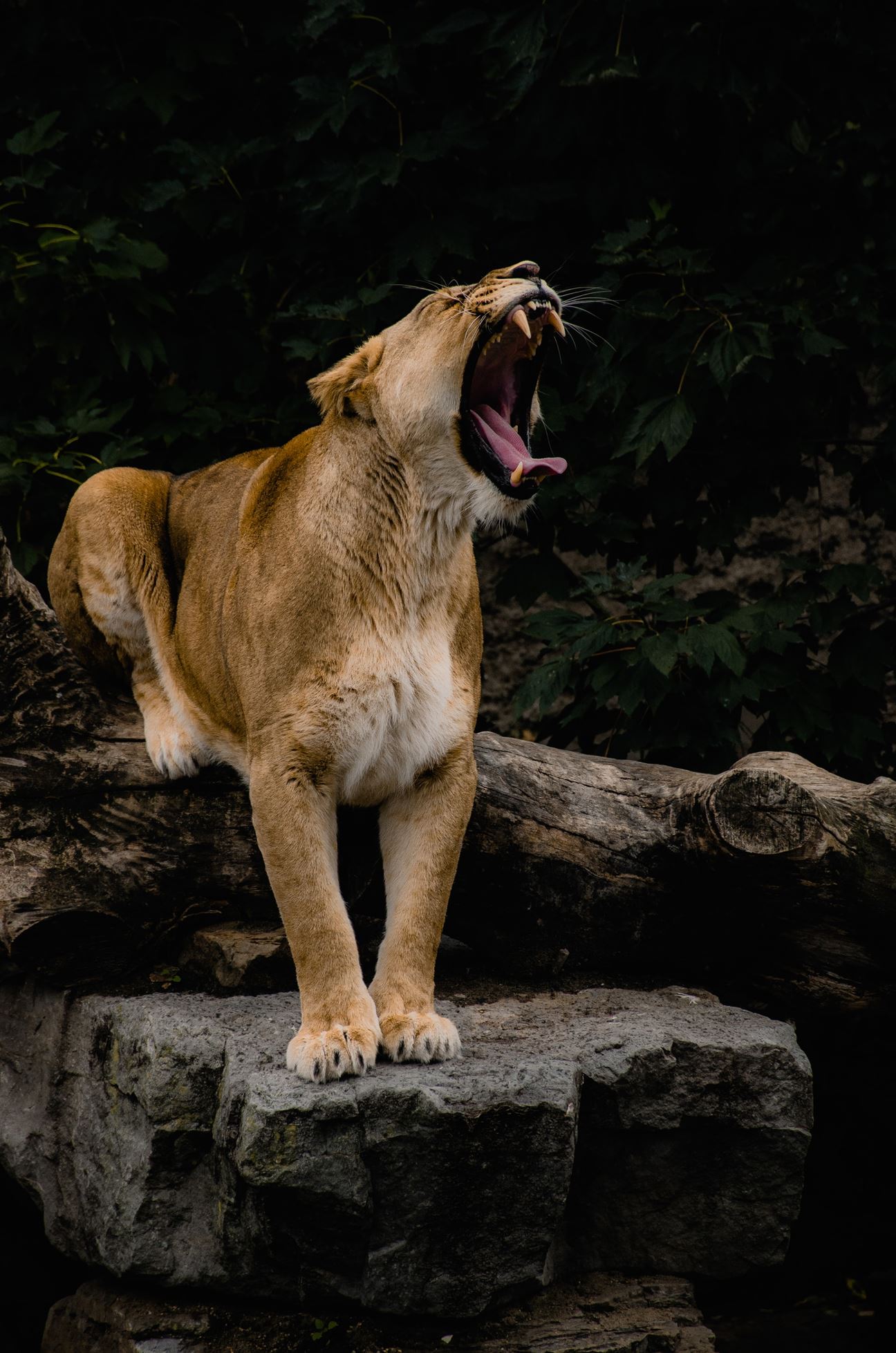
Movement - Orientation and Navigation
Almost all animals display mobility at some point. This movement is towards food or away from predators. Movement can also happen when the animal is navigating through an environment or trying to orient itself to a new place. Though these movements are usually a response to a stimulus, animals are also known to move during playtime. This varies as some animals are diurnal while many others are nocturnal. Some animals are also crepuscular, meaning they are mostly active at dusk or dawn.
Animal movements can be classified into three main categories as below:
- Kinesis - The kind of movement that is not directed towards anything particular. Kinesis happens in response to a stimulus, such as light or ambient temperature, and is usually random.
- Taxis - As opposed to kinesis, taxis (or taxes - plural of taxis) are directed and happen towards or away from something. Animal movements are dominantly in the form of taxis. Different sorts of stimuli include light, chemicals, heat, magnetism, or humidity.
- Migration - When any animal migrates, it is usually from one region to another; and this happens at a certain specific season and for a certain specific reason. For example, in the colder northern latitudes, many birds are known to flow south towards warmer regions during the winter months.
 The great wildebeest migrating as they cross the Mara river at Serengeti National Park - Tanzania
The great wildebeest migrating as they cross the Mara river at Serengeti National Park - Tanzania
Few animals are sessile. These animals cannot move and are attached to the same place for most stages of their lives. Examples include sponges and corals.
Finding Food
Foraging, or finding food, is a type of animal behaviour that is directly linked to its survival. Food is an essential part of any living being’s life. We may think that animals do not have food preferences like us, but that is not true. They do not just go after the food they see but rather have strategies in place to find and eat food they like. The optimal foraging theory best explains these strategies. This theory, though not widely accepted, helps predict the behaviour of an animal when it is deciding search of food, nesting sites, and other components.
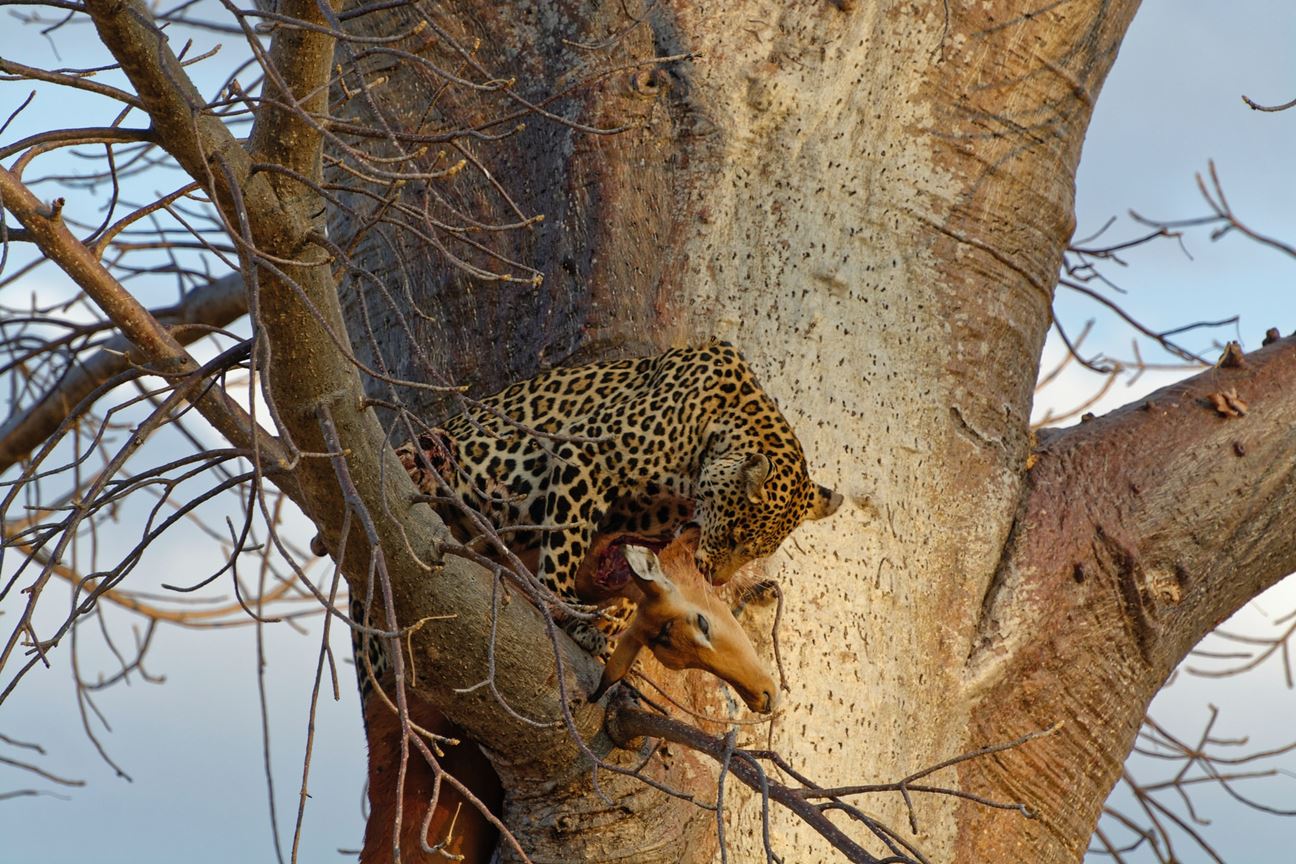 a leopard with a kill at Ruaha National Park, Iringa, Tanzania
a leopard with a kill at Ruaha National Park, Iringa, Tanzania
The search for food happens in various stages: 1) a generalised search of the habitat 2) finding actual food which can involve tactics like ‘sit and wait’ for the prey or actively hunt. One thing to consider is that animals avoid foraging if it is in the predators’ territory. Some of the best foraging strategies include hunting with an element of surprise, ambush killing, camouflaged hunting, and stalking.
Defence
Animals have to defend themselves, and so they deploy some of the most impressive defence mechanisms. The following are some techniques that animals are known to use in their defence :
- Raising alarm - This is usually used by animals who live and move in groups. Alarm communications happen to alert other group members about the impending threat or danger. The signal could be vocal or visual, and sometimes animals are known to secrete a certain chemical too. An alarm signal is known to call for a fight-or-flight response.
- Crypsis - This involves visual, auditory, or olfactory concealment. This happens as hiding, blending into the background, masquerading as an uneatable object (also deterrence), or obscuring body parts.
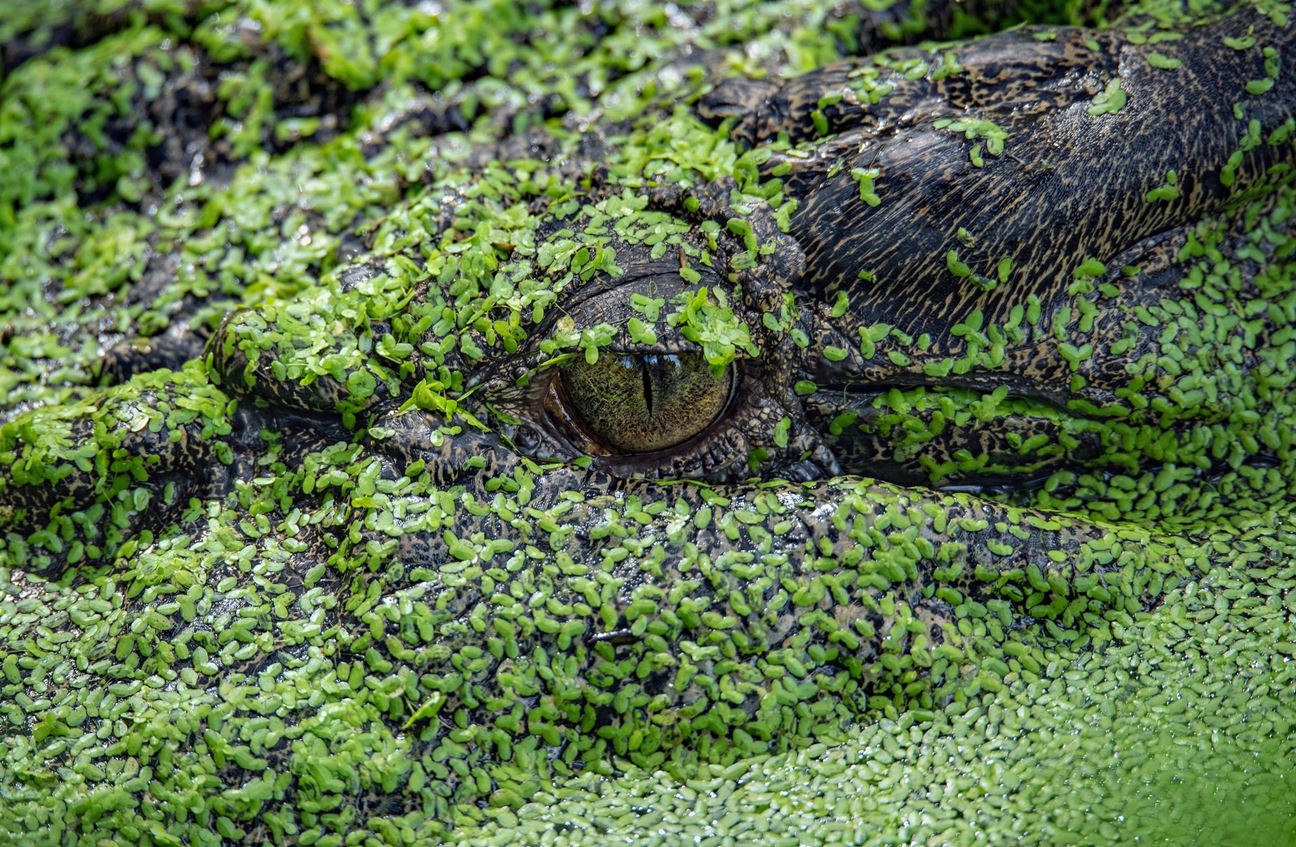 this crocodile at the Hartleys Crocodile Adventures, Cairns, Australia is displaying Crypsis - it has its head covered in duckweed until you spot the eye!
this crocodile at the Hartleys Crocodile Adventures, Cairns, Australia is displaying Crypsis - it has its head covered in duckweed until you spot the eye!
- Running - Many animals combine running with swimming or hiding as a way to defend themselves.
- Fighting - Engaging in combat puts a lot at risk. Mostly done as the last resort, some animals also fight in the hope to intimidate their predators.
Social Groups
Living in social groups is fairly common in the animal kingdom. While some animals are loners, for example - tigers, many others are highly social. The ones that live in large groups often cooperate and undertake tasks that help in finding food and staying safe. Though not all, many birds, mammals, and insects are social.
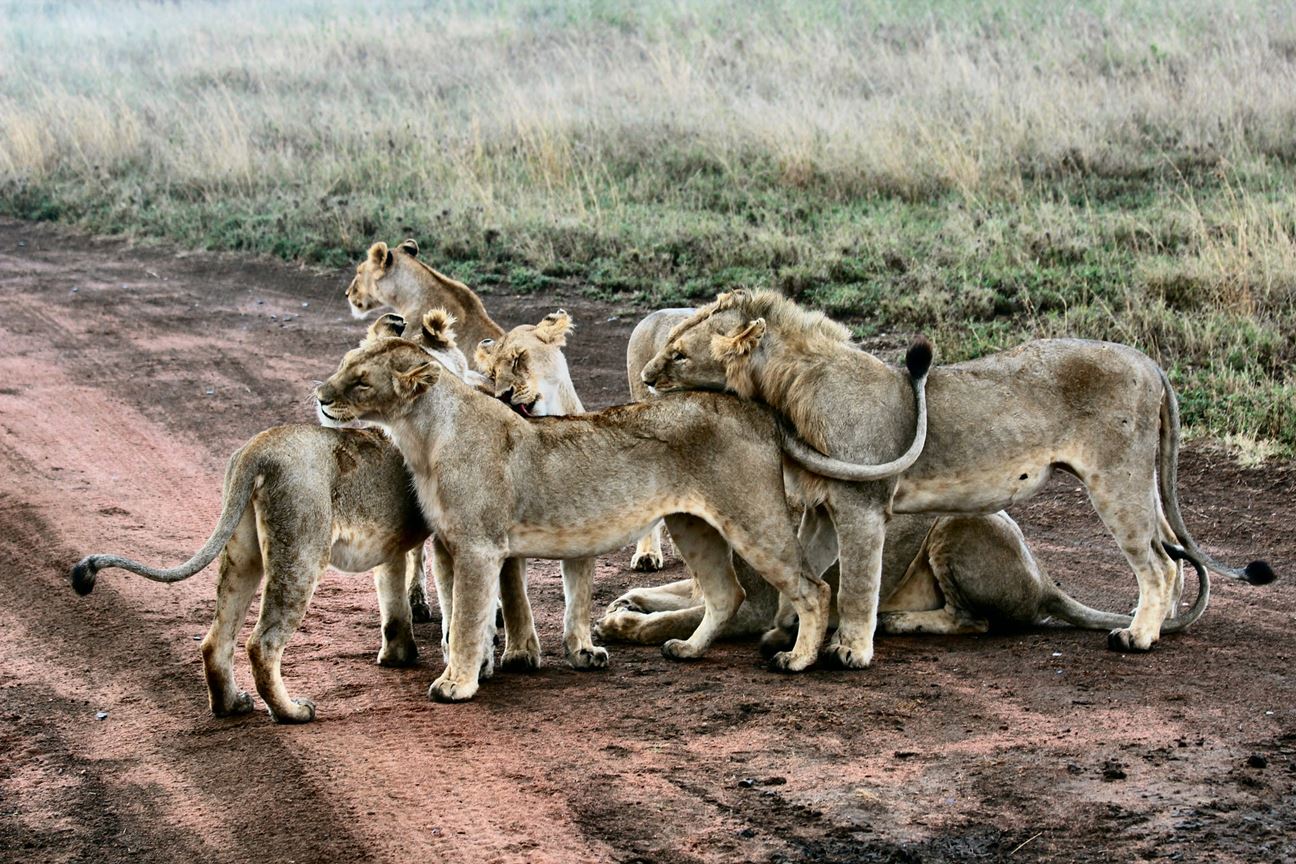 Lion pride at Serengeti National Park, Tanzania
Lion pride at Serengeti National Park, Tanzania
Sociality among animal groups happens at various degrees. Animals like polar bears are comparatively asocial and will not easily interact within the species. But when it comes to wolves, they display a great deal of bond among their packs. Ants and bees are known to be highly social and undertake tasks in large groups.
Animals are also known to temporarily gather in groups to ward off the predator. An example of this is the wildebeests. Whenever a predator is nearby, they gather in large groups to reduce the risk of being hunted.
Altruism and reciprocity are two fine examples of the benefits of social life. Examples of altruism include warning members of other groups, sharing living spaces and food, and helping raise offspring of other groups of animals. Vampire bats are a great example of reciprocity. They are known to share their food with certain other bats in anticipation of reciprocation in the future.
Sensing the Environment and Responding
To survive in the wild, animals must be attentive and alert. And they do this using their five senses - hearing, sight, smell, taste, and touch. Unlike humans, animals have an added advantage when it comes to picking up signals using their five senses. Their heightened response to environmental sensations includes sensing tiny vibrations on the ground, in air, or in water, and responding to them. For example, the abdomens of honeybees have paramagnetic iron oxide which shrinks or swells based on the magnetic changes in the environment, or elephants who use seismic activity generated by other elephants to communicate with them.
Communication
They may not speak, but they have their communications channels in place. Animal survival can at times depend on communication and the transfer of information. Communication can happen intra- or inter-species. This happens with auditory, visual, chemical, or tactile signals. Let’s look at a few examples.
- Auditory - Perhaps the most common one we see is dogs barking when they spot a stranger. Rattles, screeches, yips, growls, hisses, and purrs are other forms of auditory communication.
 Dogs communicating as they play in Kelowna, Canada
Dogs communicating as they play in Kelowna, Canada
- Visual - Most effectively used to mate, visual communication includes badging and displaying. Examples include male frigatebirds puffing their red gular pouches, male manakins moonwalking, or fireflies glowing in the night sky.
- Chemical - This includes leaving off a signature chemical to mark territory and release of pheromones to attract a potential mate. For example, cats rub against humans and leave their scent.
- Tactile - Touch can be extremely powerful and is perhaps the best way to show affection and care. But that’s not all. Animals also use tactile forms of communication to express fear or even show dominance.
Mating Behavior
Mating is one of the most prominent behaviours among sexually mature animals. It involves pairing between a male and a female. Two distinctive types of mating behaviour include:
- Monogamy - Where (usually) the male and female of the same species mate exclusively with one another for at least one mating season. They are also known to share responsibility for raising and protecting that offspring. They are also known to spend time together.
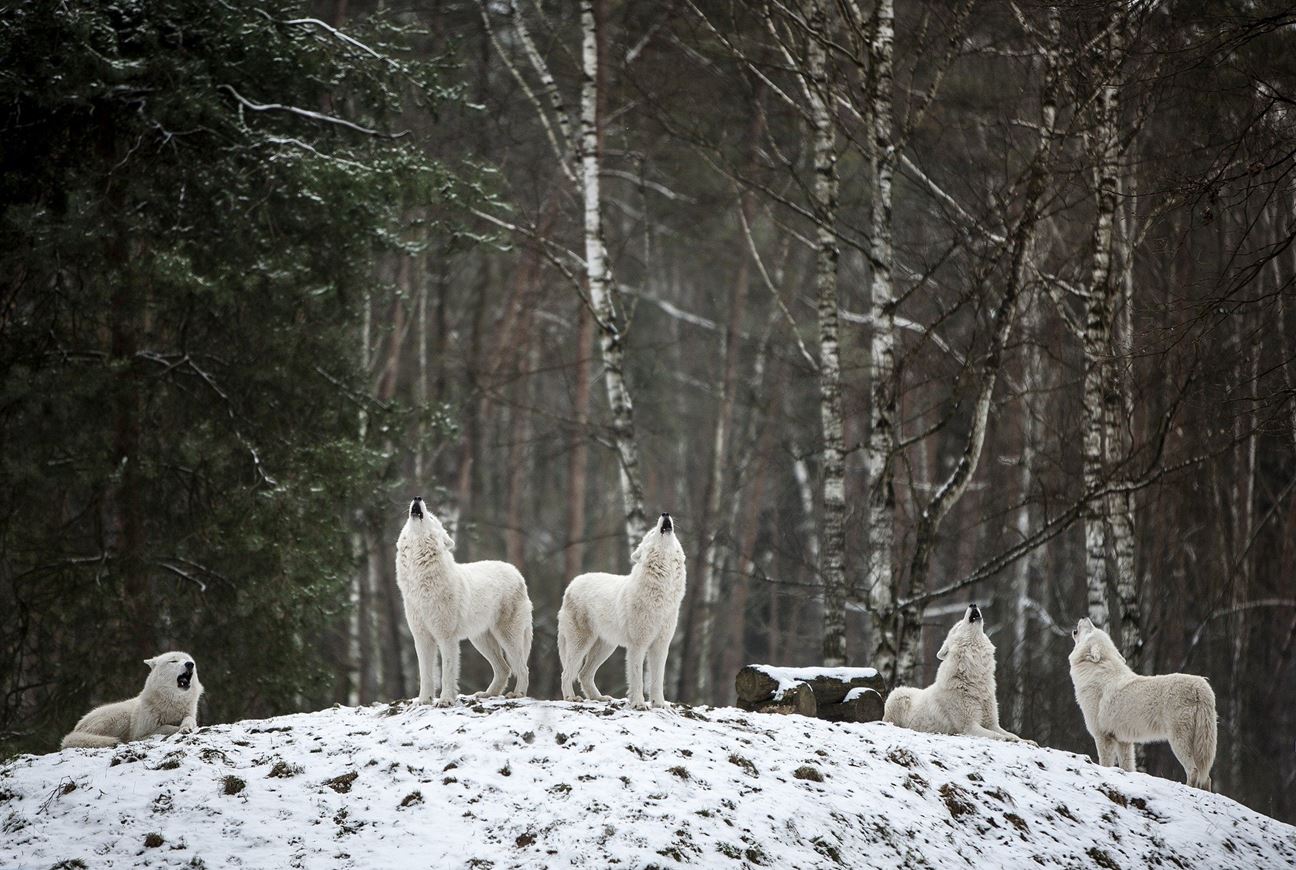 Mated wolf pairs are known to give birth to and raise litter every year
Mated wolf pairs are known to give birth to and raise litter every year
- Polygamy - Where animals pair and mate with multiple partners. Polygyny is when one male mates with multiple females and polyandry is when one female mates with multiple males. Polygyny is the most common type of mating in the animal kingdom, and males are known to fight for dominance.
Finding a Mate
Sexual selection is a big deal in the animal kingdom. As mentioned earlier, polygyny is very common, and this happens in two ways:
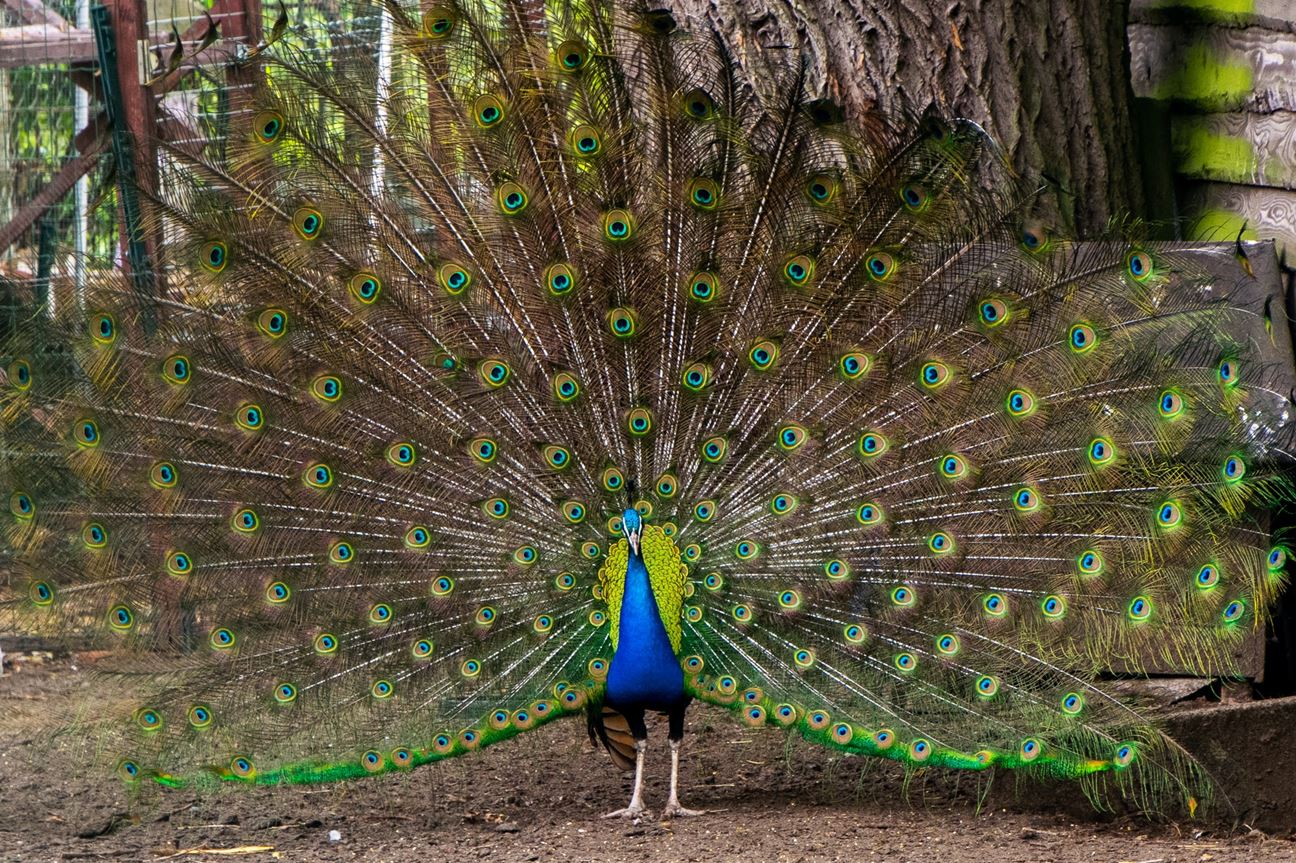 A peacock showing off his colours in an attempt to attract a mate
A peacock showing off his colours in an attempt to attract a mate
- Intersexual selection is when the female chooses her mate. This involves the female choosing a partner with the best genes so that the fittest genes get passed on to the offspring, thus increasing the chances of survival. Selection happens based on many bodily and ornamental features.
- Intra-sexual selection is when males are known to fight amongst themselves to determine who mates with the female. As the breeding season starts, males gather to determine the biggest, baddest, and the strongest individual.
Raising an Offspring
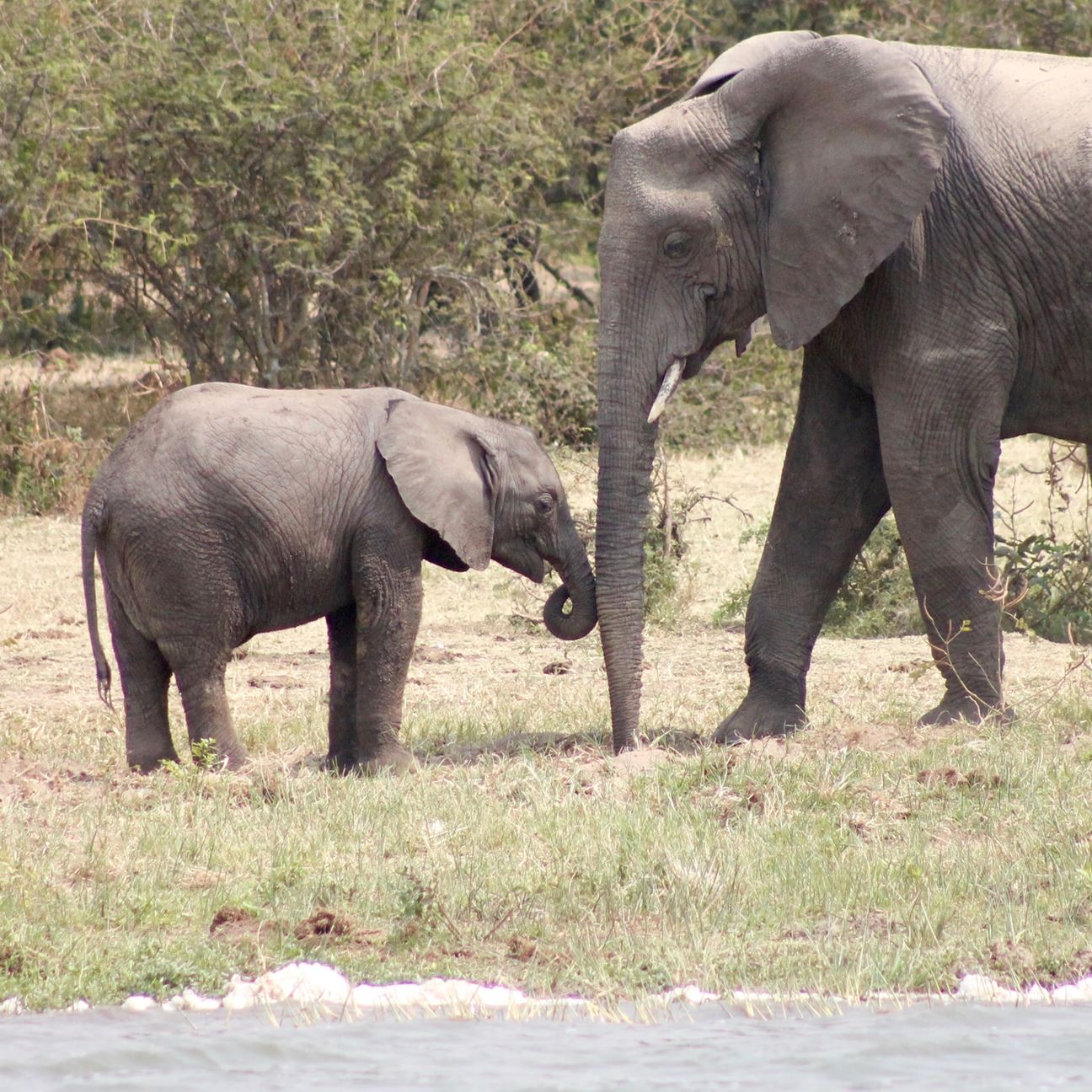 A mother elephant with her offspring
A mother elephant with her offspring
It involves protecting, nurturing, and raising their young ones. Animals are driven to protect their genetic line and hence take utmost care when raising an offspring. When it comes to taking care of their little ones, animal species can be divided into r-selected and k-selected species. R-selected species give birth to a large number of offspring because they have an equally higher mortality rate. An example includes cockroaches. As opposed to that, k-selected species give birth to one or two offspring as they live in more stable environments. Irrespective of the categorisation, animals spend a lot of time and energy in protecting and raising their offspring to make sure that the lineage continues.